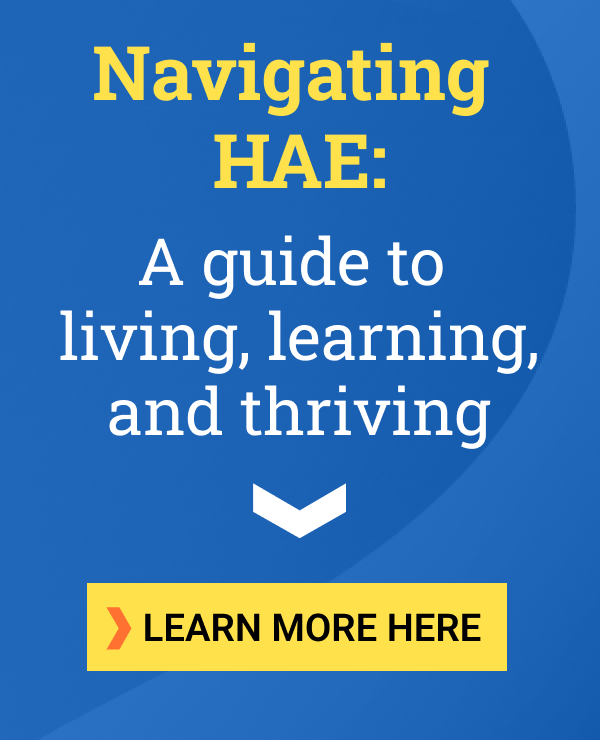Angioedema is an acute, but temporary, swelling of the deeper layers of the skin. The non-allergic form of the condition develops, most often, as a reaction to certain medications.
This type of the condition, also known as non-allergic drug-induced angioedema, has been reported as being up to five times more common in African Americans than in whites. People who have a history of smoking, are taking immunosuppressants, are older, or are female, also are more likely to have this condition than are their non-smoking, younger, and male counterparts who are not prescribed immune system medications.
Causes
The leading cause of non-allergic angioedema is angiotensin-converting enzyme (ACE) inhibitors. ACE inhibitor-induced angioedema affects approximately one in 250 people.
These medicines are usually prescribed to lower blood pressure and ameliorate heart health. They work by inhibiting or interfering with the kinin system, a group of proteins and signaling molecules that regulate blood pressure and inflammation. However, in some individuals, this also can trigger angioedema.
One of the molecules in the kinin system, bradykinin, is particularly important for angioedema, as it widens small blood vessels in the deep layers of the skin. This lets fluid flow into those layers, causing the swelling.
ACE inhibitors work by stopping the production of angiotensin 2, an enzyme that promotes blood vessel constriction. At the same time, these medicines inhibit the activity of another enzyme that breaks down bradykinin, causing its levels to rise. This helps to reduce blood pressure, but in rare cases, it also can cause the swelling found in non-allergic angioedema.
Symptoms
Non-allergic angioedema is characterized by swellings or large, smooth welts. Unlike other types of angioedema, non-allergic angioedema never appears alongside hives or a rash. Swellings are restricted to the skin and mucosal linings and are generally not painful. When itching is present, it typically is not intense.
These swellings can appear days, weeks, or even months after the first dose of a medication, and remain for a few days. If swelling occurs in the throat, mouth, or tongue, it can block the passage of air. Despite being uncommon, this is a life-threatening emergency and should be treated immediately.
Treatment
The usual methods of treating other types of angioedema do not apply to non-allergic angioedema. For example, this specific form of the disease does not respond effectively to allergy medications like antihistamines, corticosteroids, and epinephrine (as in an EpiPen).
There are, however, some medications that can help. Icatibant, an approved therapy for acute swelling attacks in patients with hereditary angioedema, has been used successfully for treating non-allergic angioedema.
The main way to treat this form of angioedema is to figure out what treatment caused the reaction and then stop using it, if possible. If ACE inhibitors are the trigger, angiotensin receptor blockers may possibly be used as an alternative.
Because an EpiPen cannot be used to quickly reduce swelling, immediate physical intervention may be necessary if swelling blocks the airway and becomes life-threatening.
Lat updated: Dec. 23, 2021, by Teresa Carvalho MSc
***
Angioedema News is strictly a news and information website about the disease. It does not provide medical advice, diagnosis or treatment. This content is not intended to be a substitute for professional medical advice, diagnosis, or treatment. Always seek the advice of your physician or other qualified health provider with any questions you may have regarding a medical condition. Never disregard professional medical advice or delay in seeking it because of something you have read on this website.




